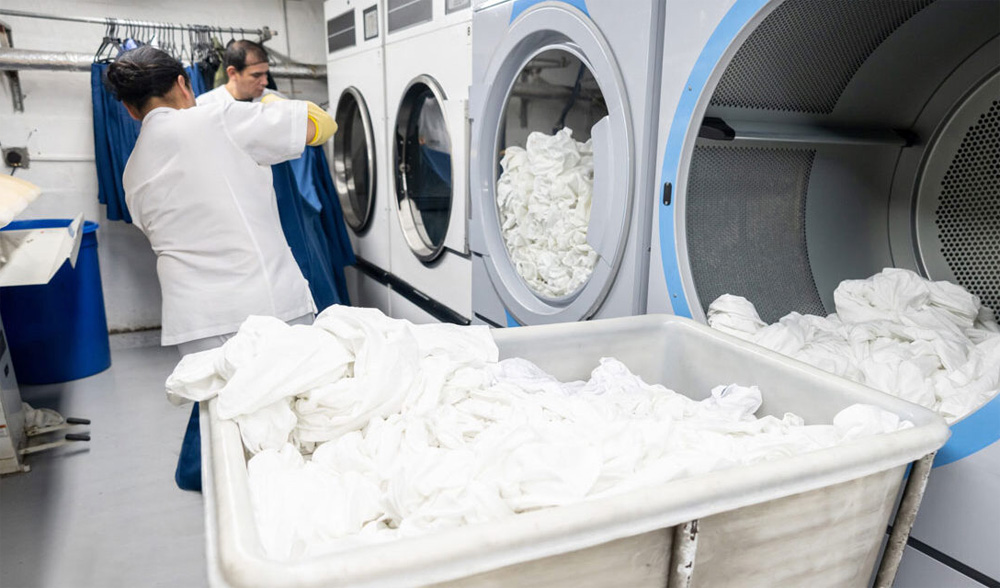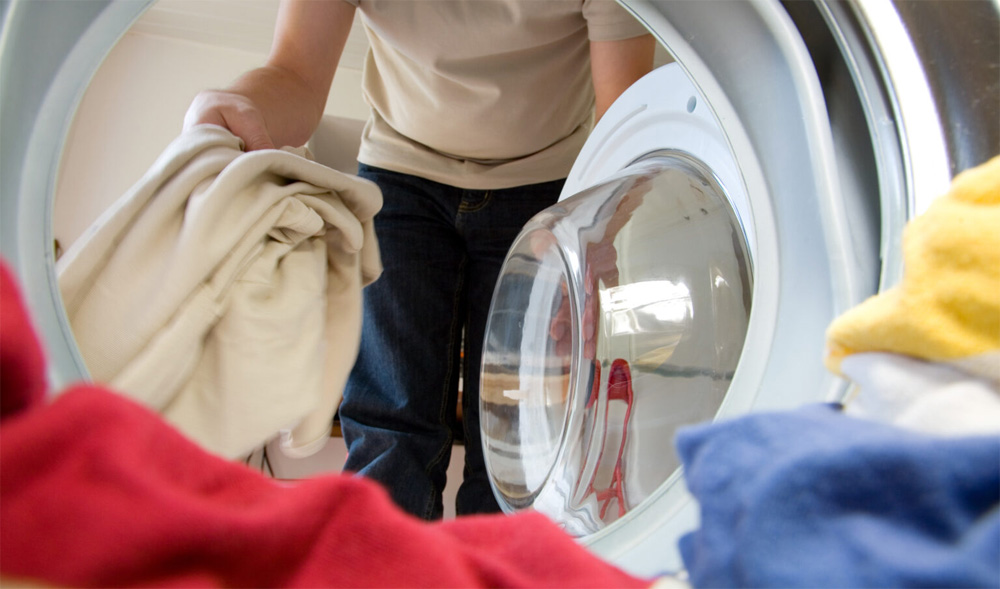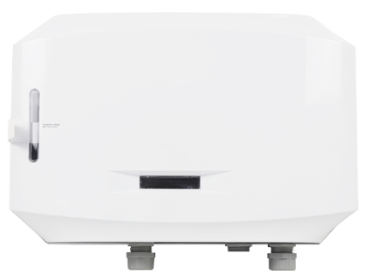
If you have ever visited a healthcare facility where patients with weakened immune systems are being treated, you are likely familiar with the concerning issue of antibiotic-resistant bacteria that can pose fatal risks to such patients. It is logical to prioritize preventive measures as the most effective approach to combat this problem. Let's explore several steps that healthcare facilities can implement to reduce the likelihood of patients coming into contact with these dangerous superbugs.
A new superbug known as CRE (carbapenem-resistant Enterobacteriaceae) has emerged, further complicating the issue of antibiotic resistance. This particular germ poses significant risks to individuals in hospitals, nursing homes, and other healthcare settings. It joins the ranks of MRSA, C. diff, staph, and numerous other viruses, bacteria, and germs that have become increasingly challenging to treat in patients affected by hospital-acquired infections.
For many years, healthcare personnel have received training on the importance of wearing gowns and masks when entering rooms of patients known to have these infections. Additionally, thorough cleaning of all surfaces in the room and diligent handwashing have become standard practices to prevent the transmission of these diseases to other patients and healthcare workers.
Healthcare linen is an often overlooked area when it comes to infection prevention. Patients spend a significant amount of time in bed, in constant contact with their gowns and sheets, while healthcare staff wear scrubs throughout the day. Fortunately, there is a growing recognition of the importance of clean and sanitized laundry in preventing the transmission of hospital-acquired infections. Efforts are being made to increase awareness about the role of proper laundry practices in mitigating the spread of infections within healthcare settings.
Many hospitals have adopted the method of washing different types of clothes separately. They hope this will help maintain high standards of hygiene and minimize the risk of contamination spreading. Despite implementing thorough measures to prevent cross-contamination in laundry, certain "superbugs" can survive the wash process and infect the entire load. Microbes such as staph, C. diff, and MRSA have the ability to withstand a standard wash, even with hot water, posing a risk of infecting previously unaffected patients. These infectious agents have detrimental effects on patient health, prolong hospital stays, and can be fatal for individuals with weakened immune systems.

To ensure the cleanliness and sanitization of your laundry, it is essential to incorporate an ozone unit into the wash. Although the combination of ozone with laundry has been in practice for a significant period, many individuals remain unaware of its powerful disinfecting properties. C. diff spores, known for their resilient outer shell that withstands a regular wash cycle, can be effectively eliminated with a 99.999% kill rate when ozone is introduced. By utilizing ozone, you can enhance the efficacy of your laundry routine and achieve a higher level of disinfection.
Staph bacteria can be effectively eradicated by exposure to relatively low concentrations of ozone. For comprehensive information on the kill rates of various pathogens, please refer to our detailed list. According to an article in the Daily Mail, ozone demonstrates a high level of effectiveness in eliminating C. diff in laundry. The article explains that when ozone is concentrated within a washing machine, it breaks down and eliminates organic matter, including bacteria.
Microsearch conducted tests that eco ozone laundry resulted in the complete elimination of C. diff. An additional advantage of this system, introduced in the UK by laundry firm JLA, is that the water used can be cold. This is because hot water breaks down ozone, converting it back into regular oxygen. As a result, laundry departments can reduce their energy consumption since there is no need to rely on hot water for the ozone system to function effectively.
While specific tests on CRE kill rates in laundry have not been conducted, if ozone has demonstrated efficacy in eliminating CRE on hard surfaces, it can be reasonably inferred that similar results can be achieved in laundry. This inference is supported by the knowledge that ozone has proven effective in killing other pathogens such as C. diff, MRSA, staph, and various others when used in laundry processes. While further research is necessary to establish the precise impact of ozone on CRE in laundry, the existing evidence suggests promising potential for its effectiveness.
Several studies have highlighted the advantages of incorporating ozone into laundry processes. The following are 3 of them:

Not only for hospital and healthcare facilities, by incorporating ozone into your family laundry routine, you can eliminate the need for hot water and reduce detergent consumption. This not only benefits you but also the environment, as Ozone proves to be a remarkable cleanser and oxidant. It effectively eliminates bacteria, fungi, and viruses from your laundry, acting as a powerful cleaning agent that is approximately 3,000 times faster than bleach in neutralizing microorganisms present in soiled garments. As a result, your clothes not only emerge fresh and clean but also thoroughly sanitized.
Ozone provides effective cleaning comparable to detergents, offering the advantage of cost savings and avoiding the toxicity commonly associated with most detergents. Additionally, the residues left behind by detergents can become embedded in your clothing, leading to accelerated material wear and tear. By utilizing eco ozone laundry, you can contribute to prolonging the lifespan of your fabrics.
Ozone not only cleans your clothes but also purifies the water used for washing and sanitizes the washing machine itself. By harnessing the power of ozone, you can achieve faster and more efficient cleaning of your garments while minimizing the use of harsh detergents. This not only ensures superior cleanliness but also helps extend the longevity of your clothes, enabling them to endure for a longer period of time.
In addition to eco ozone laundry in healthcare and family, athletic departments are increasingly adopting ozone technology to safeguard their athletes from staph infections that can occasionally affect teams.
Certain segments of the food service industry have started substituting bleach solution with ozonated water as a disinfection method.
In conclusion, the most effective approach to safeguard patients from hospital-acquired infections transmitted through linens is a combination of barrier machines and ozone. Eco ozone laundry has a proven track record of effectively eliminating harmful pathogens and reducing the risk of infection transmission.

Green Land Yinghai International Building B,
Baohe District, Hefei,
Anhui, China, 230002
© O₃ Eco Laundry 2024 | Sitemap | Privacy Policy | Terms of Service